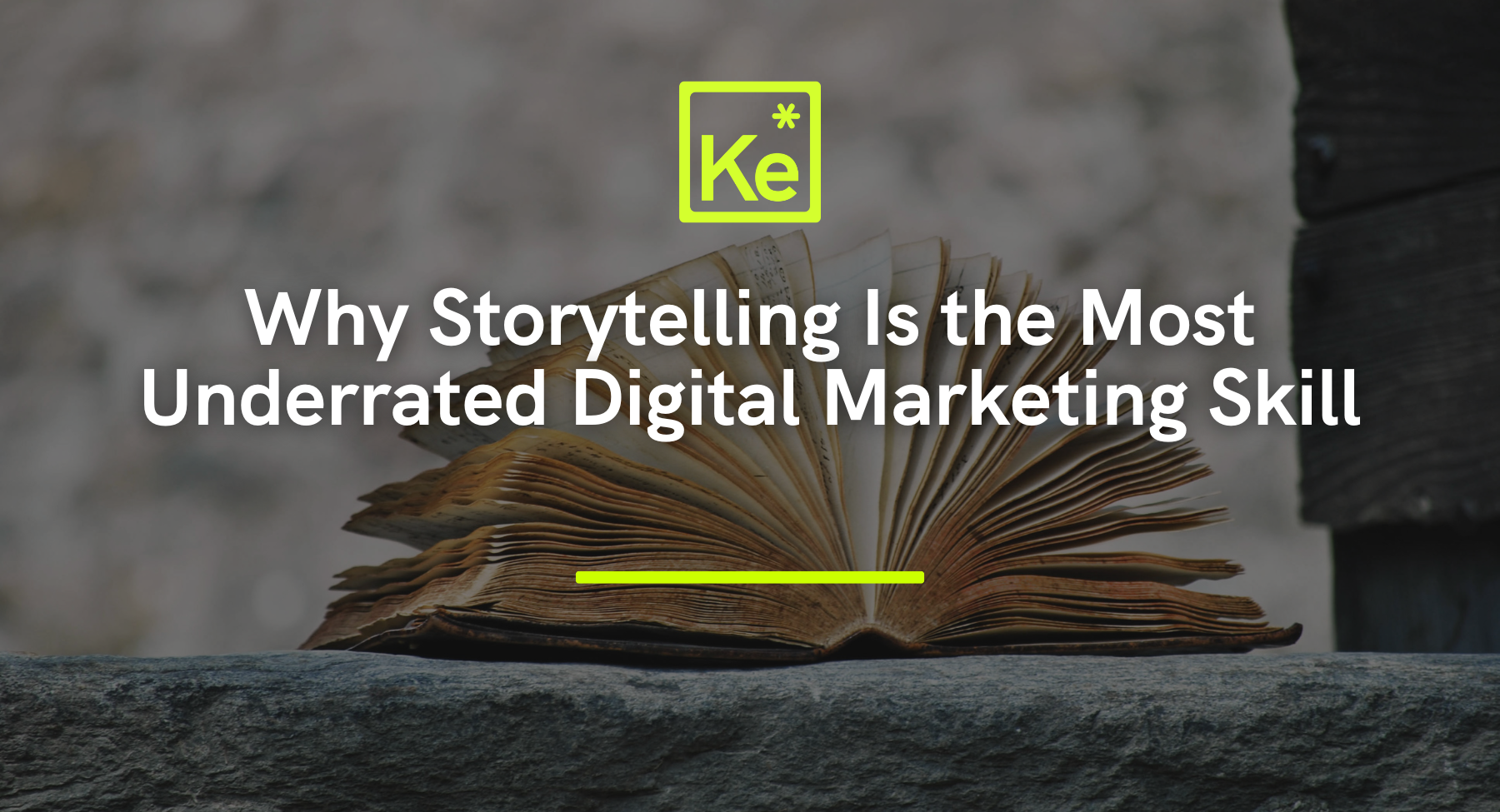Takea minute and think about the last ad you can remember. Is it because it listed twenty product features or because it told a story that made you feel something? Chances are, it was the story.
In digital marketing, trends quickly come and go (algorithms change, platforms evolve) but the power of storytelling is timeless. It’s the human thread that connects your brand to your audience in a way numbers and specs never can. Yet, so many businesses overlook it in favor of quick calls-to-action and product pushes. I think it’s time to change that.
Why Stories Beat Features Every Time
Our brains are wired for storytelling. Neuroscientists have found that when we hear a story, more areas of our brain light up compared to when we hear facts alone. Stories trigger emotions, spark imagination, and build trust – all of which make people more likely to remember your brand. Features tell, but storiessell.
When you share a story, you invite your audience into an experience. You give them a reason to care and not just click. That emotional connection is what transforms casual followers into loyal customers.
Types of Stories That Work in Digital Marketing
Not all stories are created equal! The most effective ones feel personal, relatable, and aligned with your brand. Here are a few you can start using today:
- Showcase how your product or service transformed someone’s life or business. For example, instead of saying “Our software increases efficiency,” tell the story of a small business owner who got her evenings back thanks to your automation tool.
- Pull back the curtain and show your audience the people and processes that make your brand what it is. Consider sharing a TikTok showing your team prepping for a product launch, complete with candid moments.
- Share why you started your business, the challenges you overcame, and the values that continue to guide you. Try posting about the “aha” moment that made you realize your product or service needed to exist.
- If your brand supports a mission, show how you’re making an impact! Highlight the faces and voices of the community you’re helping rather than just posting donation numbers.
Weave Storytelling Into Social Media Copy
You don’t need to write a novel for every post! Short stories can be just as powerful when crafted well.
Ad Copy Example:
Before: “Our planner will help you stay organized.”
After: “Last year, Amy was juggling two jobs, raising three kids, and missing every deadline. Then she found a system that actually worked. Now, she leaves work right at 5, dinner’s on the table at 6, and her weekends are hers again.”
Organic Content Example:
Share a personal note from the founder about a recent challenge, paired with a photo from your workspace.
Quick Tips for Story-Based Copy:
- Start with a hook (think about a problem, a question, or a surprising fact).
- Use sensory language to make it vivid.
- Keep your audience at the center.
- End with a next step (a tip, link, or call to connect).
Common Storytelling Mistakes to Avoid
Even the best stories can fall flat if:
- The brand is the hero instead of the customer.
- There’s no clear arc. Every good story needs a beginning, middle, and end.
- You forget the audience’s perspective. What’s in it for them?
Let’s Wrap Up!
Great marketing isn’t about shouting louder than the competition; it’s about creating moments your audience remembers and connects with. And nothing does that better than a well-told story. Next time you write a social caption, Google ad, or campaign email, ask yourself: Is there a story here? The answer might be the thing that makes your audience stop scrolling and start listening!



